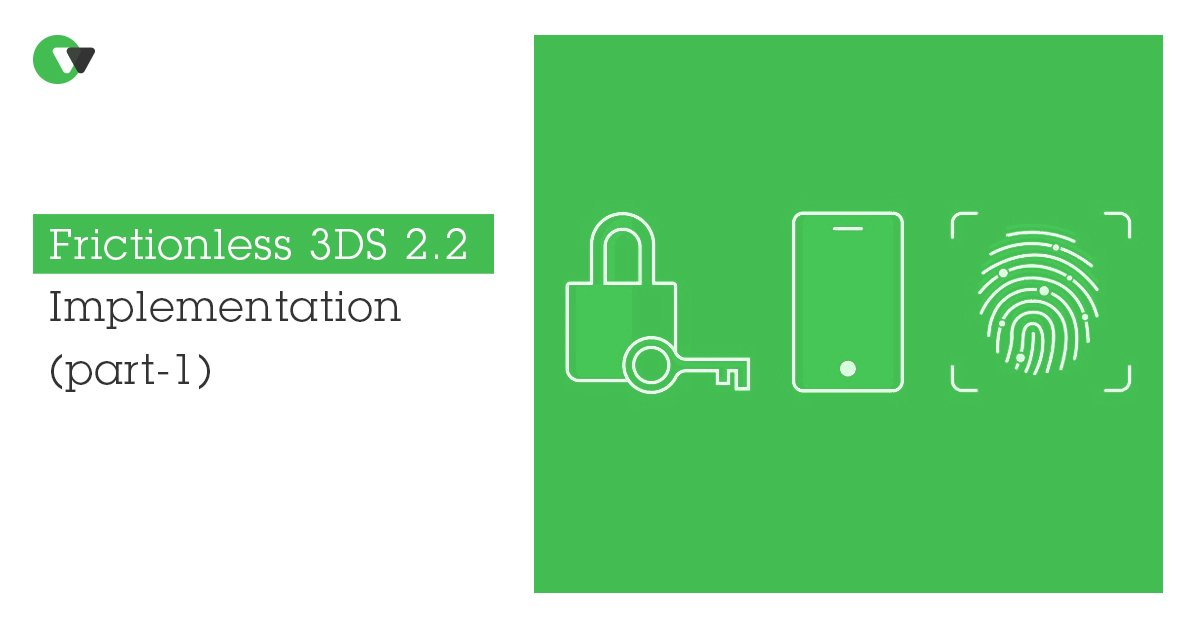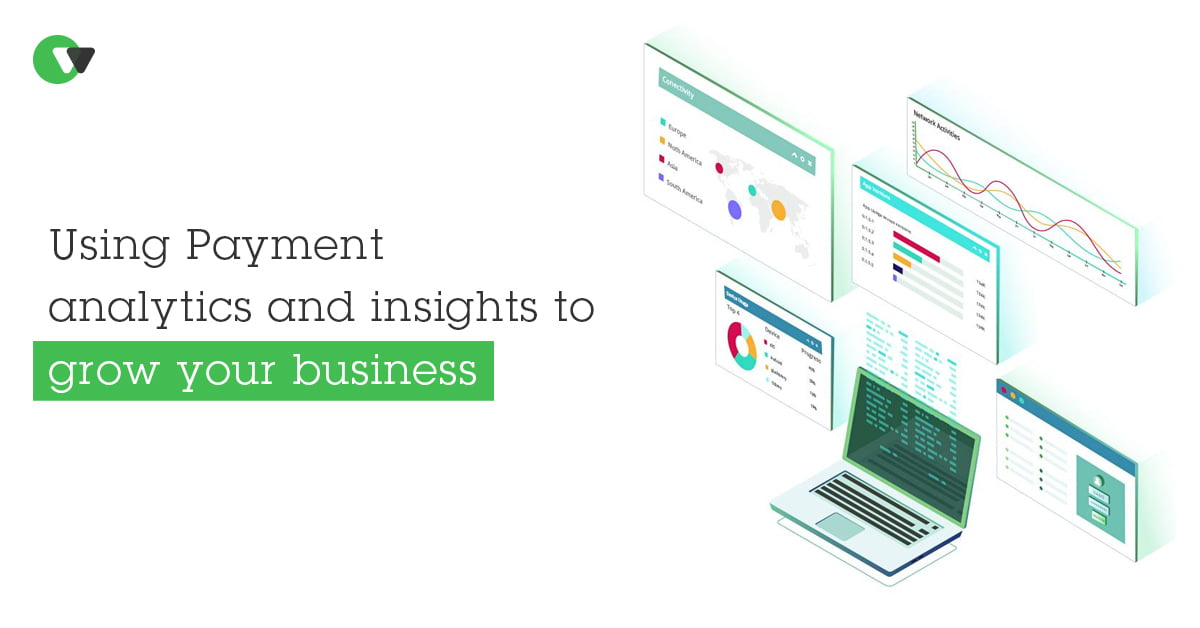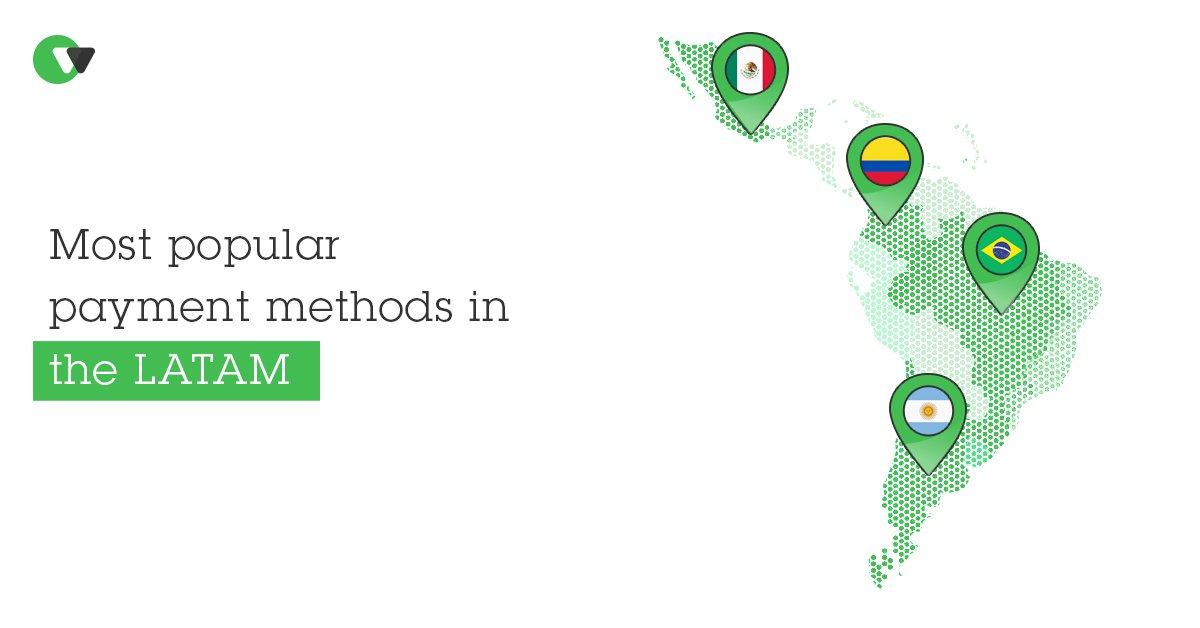
Payments Analytics for Gateways and Acquirers
Payment gateways and acquirers play a vital role in the online payment industry. They facilitate the transfer of funds between merchants and customers and take care of the exchange of data between the participants to execute the transactions. To provide the best possible service and increase revenue, these companies rely on payment analytics to gather and analyze info on payment transactions.
What is payment analytics?
Payment analytics is the process of collecting, storing and analysing data on payment transactions to gain insights and improve the payment process. This can include data on transaction volumes, payment failure rates, customer behaviour, and more. By analysing this data, payment gateways and acquirers can identify trends and patterns that can help them optimise their services and improve the customer experience.
How do payment companies use payment analytics?
Payment gateways and acquirers use payment analytics to identify and resolve issues causing payment failures or delays. For example, suppose a payment gateway is experiencing a high rate of failed transactions. In that case, it can use payment analytics to identify the root cause of the problem and implement solutions to fix it. This can help improve the overall payment experience for merchants and customers and increase the likelihood of successful transactions. Please read about it in our blog; how to grow business with analytics.
Another way that payment gateways and acquirers use payment analytics is to optimise their pricing and fee structures. These companies can determine the most effective pricing and fee structures to attract and retain customers by analysing transaction volumes and customer behaviour data. This can help them increase revenue by ensuring that they are offering competitive pricing and fees that are attractive to both merchants and customers.
In addition to using payment analytics to optimise their services, payment gateways and acquirers can also use this data to improve the payment experiences of merchants. For example, a payment gateway may use payment analytics to identify patterns in customer behaviour that can help merchants tailor their products and services to meet the needs of their customers better. This can help merchants increase sales and revenue by providing customers with a personalised and effective payment experience.
Risk management with the use of analytics.
Payment gateways and acquirers can also use payment analytics to improve risk management strategies. By analysing data on payment fraud and chargebacks, these companies can develop more effective strategies to prevent and mitigate these issues. This can help protect merchants and customers from the negative consequences of payment fraud and chargebacks, such as fines issued by credit card schemes or even losing the mid. For acquirers staying below certain fraud thresholds allow them to process with less friction.
Overall, payment analytics is essential for payment gateways and acquirers to improve their services and increase revenue. By collecting and analysing data on payment transactions, these companies can identify and resolve issues, optimise pricing and fee structures, improve the payment experiences of merchants, and develop effective risk management strategies. As the online payment industry continues to evolve and grow, payment analytics will become even more critical for payment gateways and acquirers to stay competitive and provide the best possible service to their customers.
What’s next?
At WLPayments, we ensure our payment partners have access to all the relevant payment data. Through platform or API. Do you have any follow-up questions after reading this article? Reach out to us, and we will be glad to help you find the answers. Fill out the form below, and we will contact you shortly. Or drop us an email at [email protected].



